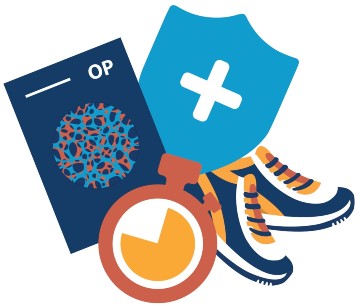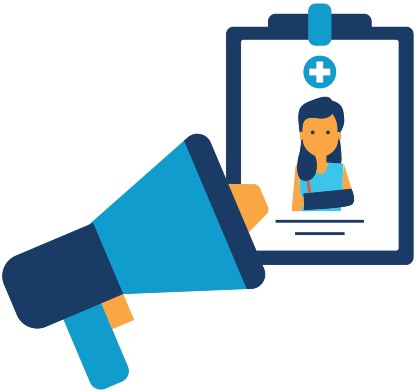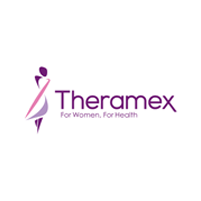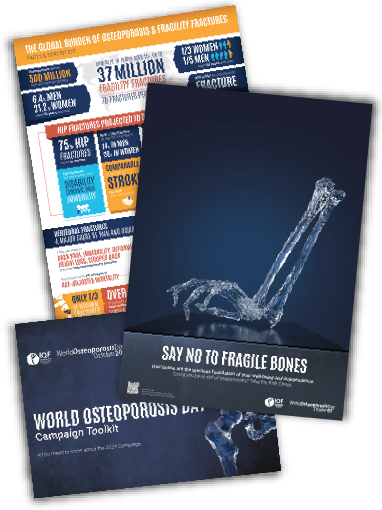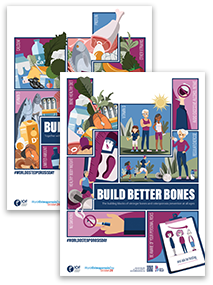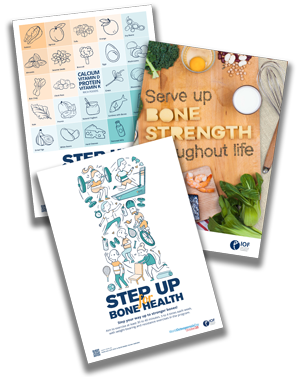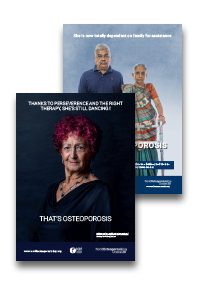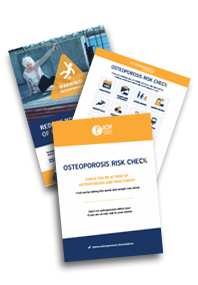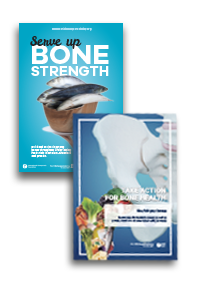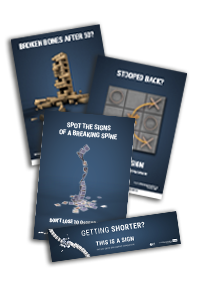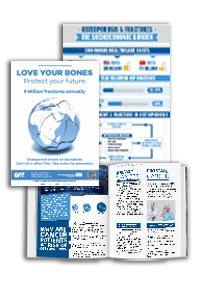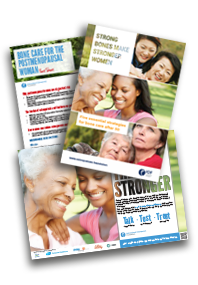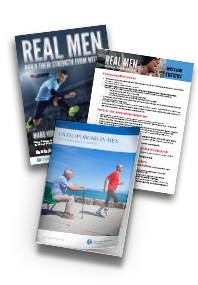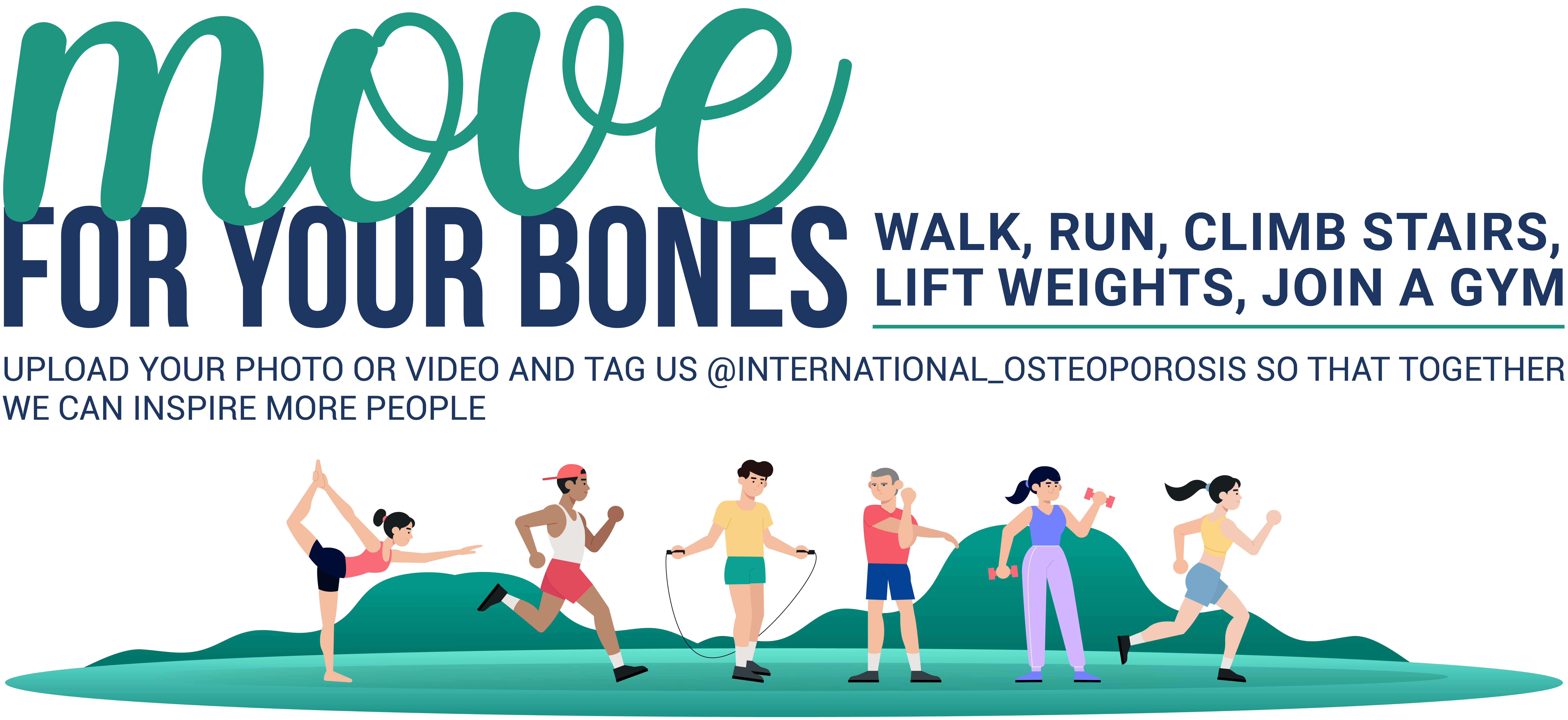Get involved
World Osteoporosis Day, marked on October 20th each year, is a prime time to put the spotlight on osteoporosis. Below, read about this year’s campaign theme, and how you can get involved and support the campaign in a number of ways.
About the 2025 World Osteoporosis Day Campaign
"It’s Unacceptable!" puts the spotlight on the persistent and preventable crisis in osteoporosis care.
Despite affecting over 500 million people worldwide, osteoporosis remains severely underdiagnosed and undertreated—especially among those who have already sustained fragility fractures. Shockingly, up to 80% of patients with osteoporotic fractures receive no follow-up diagnosis or treatment. The consequences are devastating: chronic pain, disability, loss of independence, increased risk of future fractures, and premature death. Families, healthcare systems, and economies also shoulder the heavy burden of this neglect.
The campaign demands an end to the neglect in prevention and care, and urgent policy action. At a time when effective diagnostic tools, treatments, and programmes like Fracture Liaison Services exist, the continued inaction is indefensible. With aging populations and fracture rates rising, osteoporosis must be prioritized across all stages of life—from prevention in youth to post-fracture care. "It’s Unacceptable!" calls on the public, healthcare providers, and health authorities to close the treatment gap, dismantle misconceptions, and make bone health a global priority.
> Learn more about the campaign and download the Campaign Toolkit and WOD logos
> Download this year’s WOD posters and social media banners
Hold an event - share our resources
Through social media or a WOD event of your own, you can support the cause and help spread our ‘Take action for bone health’ message locally. We provide many posters and infographics (in multiple languages) which can be downloaded and displayed at your event, in your office or school.
World Osteoporosis Day, marked on October 20th each year, is a prime time to put the spotlight on osteoporosis. You can get involved and support the campaign in a number of ways.
Global patient charter
Show your commitment on this year's World Osteoporosis Day by signing the IOF Global Patient Charter. You will be joining a worldwide call for improved patient care, and helping to raise the profile of this silent disease among healthcare authorities worldwide. By voicing our concern collectively, we can all help to make fracture prevention a global health priority.
Add your voice to our global call for osteoporosis patient rights
Share your story
Are you living with osteoporosis or taking steps to make your bone health a priority?
We want to hear your story. Submit it to info@osteoporosis.foundation to have your story highlighted in our patient stories section.
Find a world osteoporosis day event near you
Stay tuned for news on local World Osteoporosis Day Events organized by national societies in your region.
If you are a national society or organization interested in putting on a World Osteoporosis Day event, download our toolkit and register your event here to gain visibility on our World Osteoporosis Day events map.
Interested in receiving news from the international osteoporosis foundation?
Sign up to receive our 206 newsletter with IOF news, webinars, publications, event information, and much more!
Contact your local osteoporosis society
If you have osteoporosis, contact your local osteoporosis society which can provide helpful information and support. A list of IOF member societies is available here.
About Osteoporosis
What is osteoporosis?
Worldwide, one in three women and one in five men aged 50 years and over will suffer an osteoporotic fracture. Osteoporosis causes bones to become weak and fragile, so that they break easily – even as a result of a minor fall, a bump, a sneeze, or a sudden movement. Fractures caused by osteoporosis can be life-threatening and a major cause of pain and long-term disability.

The care gap
Can osteoporosis and fractures be prevented? Yes, if action is taken early!
Fractures due to osteoporosis have a devastating impact on millions of people worldwide and result in enormous socio-economic costs to society and healthcare systems. Yet, despite effective medical advances to reduce fractures, a minority of men and women receive treatment.
Only 20% of patients with osteoporotic fractures are actually diagnosed or treated for osteoporosis, the underlying disease. In 2010, in Europe alone some 12.3 million people considered to be at a high risk for osteoporotic fractures were left untreated.
The 5 steps to healthy bones and a fracture-free future

1Exercise
Exercise regularly - keep your bones and muscles moving
Weight-bearing, muscle-strengthening and balance-training exercises are best.

2Nutrition
Ensure your diet is rich in bone-healthy nutrients
Calcium, vitamin D and protein are the most important for bone health. Safe exposure to sunshine will help you get enough vitamin D.

3Lifestyle
Avoid negative lifestyle habits
Maintain a healthy body weight, avoid smoking and excessive drinking.
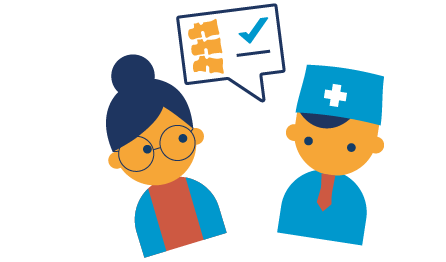
4Risk factors
Find out whether you have risk factors
Bring these to your doctor’s attention, especially if you’ve had a previous fracture, have a family history of osteoporosis, or take specific medications that affect bone health

5Testing & Treatment
Get tested and treated if needed
If you’re at high risk you will likely need medication and lifestyle changes to help protect yourself against fractures.
Have risk factors? talk to your doctor, ask for testing
To become aware of any potential risk factors, take the IOF Osteoporosis Risk Check.
If you are over the age of 50 and you have one or more risk factors you should discuss these with your doctor and ask for an assessment of your bone health status. Lifestyle changes may be recommended and, for those at high risk, medication may be prescribed for optimal protection against fractures.
Resources
Permission to use or reprint content:
Please note that resources made available on the WOD website may be used solely for educational, non-commercial purposes. The information and any downloaded material should not be changed in any way and cannot be used in association with pharmaceutical or commercial products of any nature, or with any type of promotion and advertising, except with prior permission by IOF.
We welcome your donation
IOF welcomes your donation
Donate now and support our mission to:
- Educate the public and medical professionals about the prevention, diagnosis and treatment of osteoporosis and musculoskeletal disorders;
- Convince policy-makers that osteoporosis and fragility fracture prevention must be prioritized in healthcare systems;
- Provide support and trustworthy information to people with osteoporosis, their families and friends - and encourage them to engage in their health care and long-term bone health.
- Organize training conferences and meetings of health professionals and scientists that focus on musculoskeletal diseases;
- Publish scientific research to advance knowledge and improve treatment and medical care.
Home
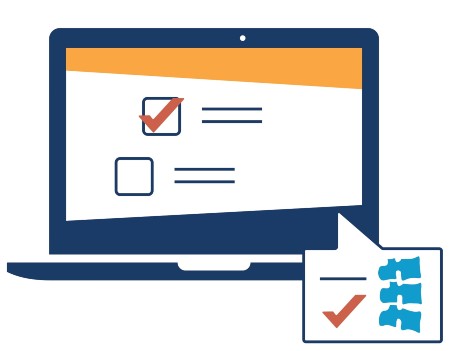
Want to learn more about osteoporosis?
